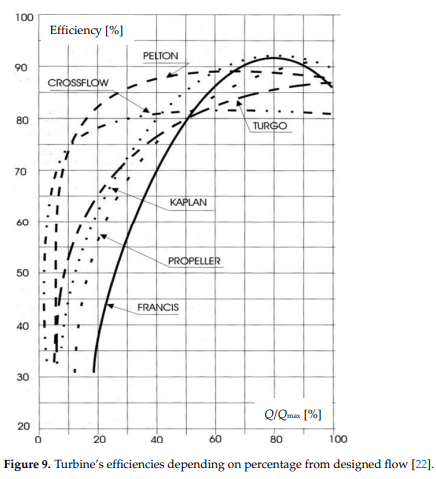 |
| finance.ky.gov "Lock and Dam 14 were built from 1911-1917 and supports a pool of water that backs up into the forks. The original lock and dam were concrete structures. The structures are located two hundred and forty nine miles above the mouth of the Ohio River." "1999 Sheet piling backfilled with gravel was placed across the main dam and capped with concrete, abutments were rebuilt with new release valves, derrick stone was placed below the dam, concrete cutoff wall was built in the lock chamber, lock filling valves were sealed" |
 |
| Berea |
The hydropower plant that Berea put in L&D #12 was considered a success, so they are installing one in L&D #14. It should be producing electricity by May 2024. However, this one is a completely different design with a different vendor (Voith), and it will generate 30% more power. The design uses a horizontal axis instead of a vertical axis. Not only does that reduce the amount of concrete that is needed ("reduces by 60%" compared to Lock #12), it allows the use of a submersible trash rack. It also has a movable spillway that can be lowered to allow the river to flush debris downstream. "The powerhouse will contain six Voith StreamDiver submersible turbine-generator units, consisting of four 14.9 StreamDiver axial flow 1490-millimeter propeller turbines directly coupled to a 645-kilowatt permanent magnet generator and two 8.95 StreamDiver axial flow 895-millimeter propeller turbines directly coupled to a 225-kilowatt permanent magnet generator. The total output of the plant will be 3,030 kilowatts." [Berea] I think the permanent magnets means this powerhouse can help restart the grid if there is a regional blackout.
 |
| Voith It uses water to lubricate the bearings and cool the generator. Water lubrication eliminates the issue of oil polluting the river. (The bearings have a service interval of over 10 years. [issuu]) The are 7 standard sizes ranging from a head of 2-12m (6.5-40') and an output of 50-2,000kw. (Someplace I saw the claim that the turbine was fish friendly. But I can't find that reference.) |
 |
| Voith Note that the concrete work is just flat surfaces. |
This diagram taught me how the horizontal trash rack works. Trash was definitely a problem with the #12 hydro plant.
 |
| Voith-pdf, p3 In addition to run-of-river applications, it can be used in canals for irrigation and cooling and in closed pipes. |
The StreamDriver was included in this study of turbine choices. I did not read the article, but I want to note this reference for future study. The two graphs are from that study. (Banki is crossflow, which is new to me. And the difference between Kaplan and Propeller is another topic I need to research.)
%20Small%20Hydropower%20Plant%20for%20Sustainable%20Electricity%20from%20RES%20Mix.png) |
| Via ResearchGate |


No comments:
Post a Comment